Biggest Challenges in the Shipping Industry Today
The shipping industry has dealt with its fair share of challenges throughout the years and is expected to face even more in the future.
Here are a few of the biggest challenges today’s shipping industry is expected to experience.
If you need valves and fittings for your ship, find out why the US Navy trusts CPV Manufacturing for all their valve and fittings needs.
Lack of Employees
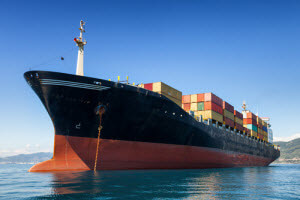 While many believe that the outcome of the recent British referendum will provide some benefits, it could also lead to immense challenges within the global shipping industry. The biggest that they need to overcome is the possibility of losing maritime employees.
While many believe that the outcome of the recent British referendum will provide some benefits, it could also lead to immense challenges within the global shipping industry. The biggest that they need to overcome is the possibility of losing maritime employees.
According to a recent survey, 39% of maritime employee in the UK would consider leaving the country and taking jobs overseas. The UK shipping industry is experiencing a shortage of shore-based operation workers, and losing more may result in more industry issues.
New Environmental Regulations
Stricter environmental emissions regulations help to deliver great benefits in the long run, but these could cost a series of short-term challenges for the shipping industry. According to a recent article, these new regulations depend heavily on certain technologies. The government may require companies to implement them to ensure that they meet the new regiments, but doing so will come at a cost.
Most of these technologies aren’t reliable and haven’t been universally approved. So companies may lose profit as they spend billions for technologies that may not even work.
Security Risks
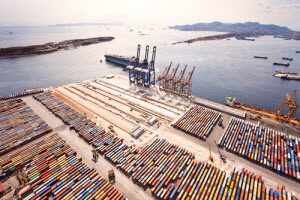 Security risks have always been a challenge for the shipping industry, but today, they’re providing more issues to overcome. For example, pirates pose a bigger threat for shipping, especially since the number maritime piracy and armed robberies on ships in Southeast Asia and West Africa has increased.
Security risks have always been a challenge for the shipping industry, but today, they’re providing more issues to overcome. For example, pirates pose a bigger threat for shipping, especially since the number maritime piracy and armed robberies on ships in Southeast Asia and West Africa has increased.
Additionally, modern technologies could make ships more susceptible to cyberattacks. In a recent Reuters article, a NATO-accredited think tank said, “Increasingly, the maritime domain and energy sector has turned to technology to improve production, cost and reduce delivery schedules. These technological changes have opened the door to emerging threats and vulnerabilities as equipment has become more accessible to outside entities.”
Rising Costs
The rising costs of necessary materials could negatively affect industry competitiveness. The increasing prices may lead to higher costs of operation. Higher prices of fuel and parts as well as poor market conditions could cause serious issues in many global shipping companies. The Malaysian domestic shipping industry is already experiencing difficulties because of these higher costs.
These issues may appear as great challenges, but the shipping industry is resilient and is sure overcome these and future challenges that comes its way.
For more industry news, check out CPV Manufacturing’s blog.

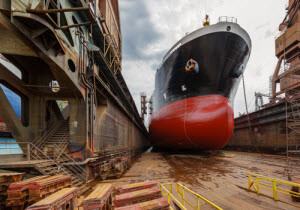 During welding operations, workers can inhale hazardous vapors like nitrogen oxide, cadmium, iron oxides, and manganese. These can lead to a variety of serious short- and long-term health concerns. One of these issues is siderosis, or zinc fever. It’s caused by iron dust inhalation. Symptoms include fever, nausea, and coughing and can last for about 24 hours.
During welding operations, workers can inhale hazardous vapors like nitrogen oxide, cadmium, iron oxides, and manganese. These can lead to a variety of serious short- and long-term health concerns. One of these issues is siderosis, or zinc fever. It’s caused by iron dust inhalation. Symptoms include fever, nausea, and coughing and can last for about 24 hours.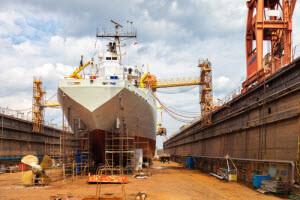 To prevent exposure to radiant energy, use protective equipment. These include goggles, a welding face shield, helmets, and safety glasses. However, regardless of which you use, it’s important to make sure that it has filter lenses that provide the right level of protection.
To prevent exposure to radiant energy, use protective equipment. These include goggles, a welding face shield, helmets, and safety glasses. However, regardless of which you use, it’s important to make sure that it has filter lenses that provide the right level of protection.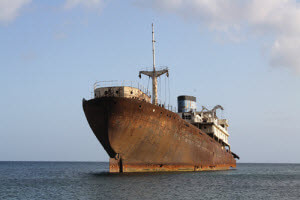 One of the most effective ways to prevent and control ship corrosion is to apply coatings to parts that are most susceptible to corrosion, such as the hull. This area of the ship sits below the waterline, so it experiences more exposure to damaging salts and minerals. Applying two-part coal-tar epoxy and a vinyl tar coat can help to protect it.
One of the most effective ways to prevent and control ship corrosion is to apply coatings to parts that are most susceptible to corrosion, such as the hull. This area of the ship sits below the waterline, so it experiences more exposure to damaging salts and minerals. Applying two-part coal-tar epoxy and a vinyl tar coat can help to protect it.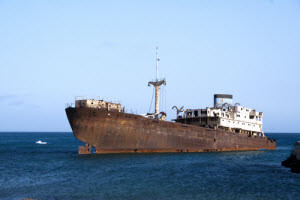 Corrosion can cause severe damage depending on the material of the ship and tanks. Many metals are more affected by corrosion than others, so it’s important to take that into consideration when replacing and building parts.
Corrosion can cause severe damage depending on the material of the ship and tanks. Many metals are more affected by corrosion than others, so it’s important to take that into consideration when replacing and building parts.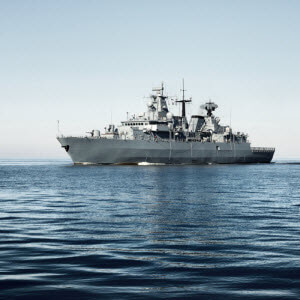 BAE Systems received a contract for $32.5 million from the Navy to work on the 509.5-foot-long USS Farragut (DDG 99) Arleigh Burke-class destroyer on May 10.
BAE Systems received a contract for $32.5 million from the Navy to work on the 509.5-foot-long USS Farragut (DDG 99) Arleigh Burke-class destroyer on May 10. While these contracts are fairly recent, this isn’t the first time BAE Systems has worked with the US Navy. In the past, the company was offered multimillion dollar maintenance contracts to work on the USS Iwo Jima, the USS Forrest Sherman, and the USS Hopper.
While these contracts are fairly recent, this isn’t the first time BAE Systems has worked with the US Navy. In the past, the company was offered multimillion dollar maintenance contracts to work on the USS Iwo Jima, the USS Forrest Sherman, and the USS Hopper. The Navy will receive $433 billion to finish paying for an Arleigh Burke-class guided missile destroyer (DDG-51) that was partially funded in 2016. It’s planned to introduce the Navy’s first Flight III DDG-51 and will include new technologies as well as the new Air and Missile Defense Radar. This will optimize the ship’s ability to locate air and surface targets and ballistic missile threats.
The Navy will receive $433 billion to finish paying for an Arleigh Burke-class guided missile destroyer (DDG-51) that was partially funded in 2016. It’s planned to introduce the Navy’s first Flight III DDG-51 and will include new technologies as well as the new Air and Missile Defense Radar. This will optimize the ship’s ability to locate air and surface targets and ballistic missile threats. The approved HASC budget for 2017 will also invest money in naval research for high-end weapons. It will fund the development of the MQ-XX Stingray (previously known as the Carrier-Based Aerial Refueling System).
The approved HASC budget for 2017 will also invest money in naval research for high-end weapons. It will fund the development of the MQ-XX Stingray (previously known as the Carrier-Based Aerial Refueling System). The future is now: Hybrid marine power and propulsion systems for workboats aren’t far-fetched. In fact, they may be essential.
The future is now: Hybrid marine power and propulsion systems for workboats aren’t far-fetched. In fact, they may be essential. To avoid costly fines and meet emissions standards, manufacturers must utilize other fuel options.
To avoid costly fines and meet emissions standards, manufacturers must utilize other fuel options.
 CPV Manufacturing’s products meet government standards and can be found in many areas of the vessels of the US Navy. These
CPV Manufacturing’s products meet government standards and can be found in many areas of the vessels of the US Navy. These